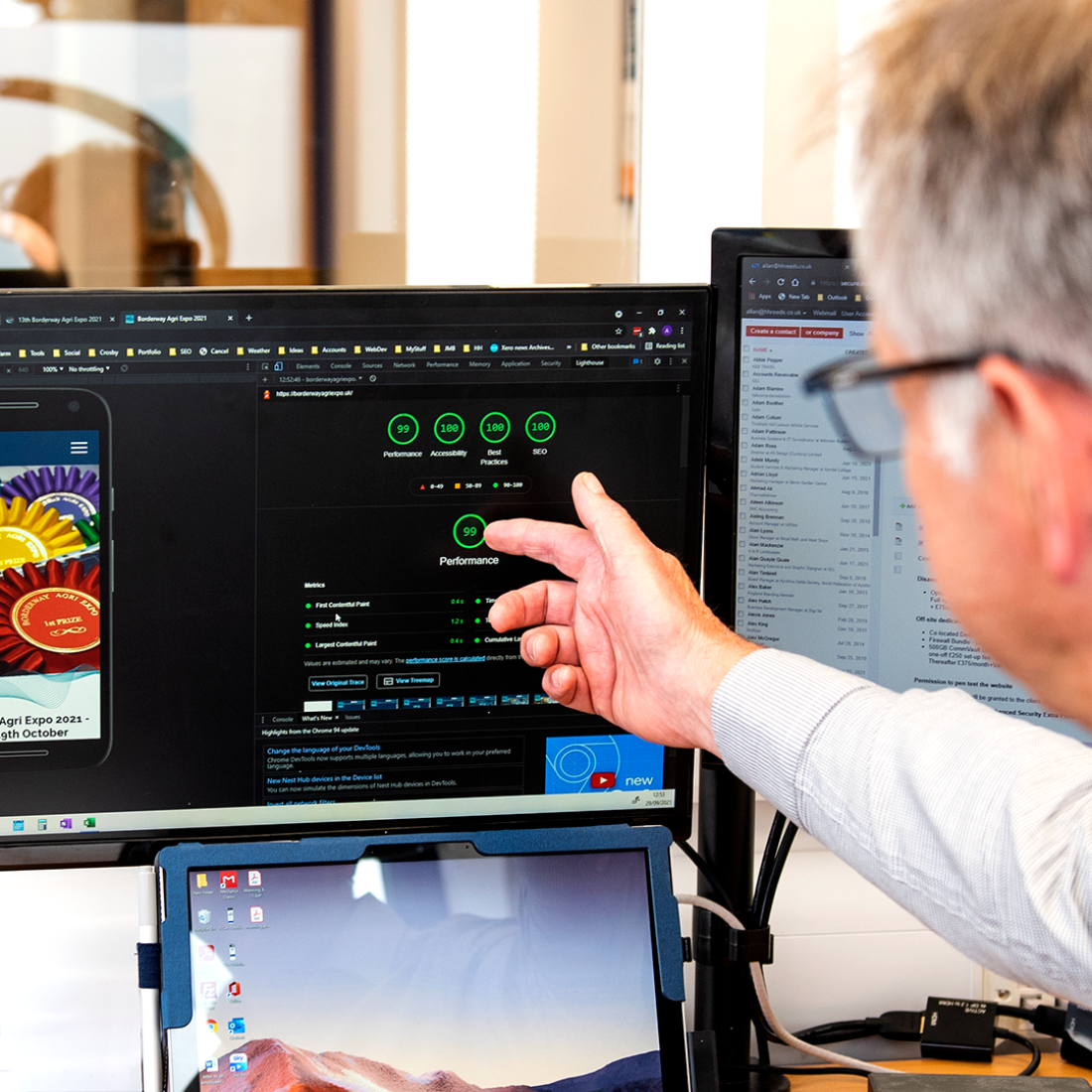Appeals to Younger Consumers
Millennials and Gen Z lead the way in the sustainability movement. They are more likely to engage with brands that take responsibility for their role in fighting climate change. By improving your green credentials in the digital space and raising awareness by talking about it, you are aligning your brand values with a whole generation of consumers.
Quick Wins to Improve Website Sustainability
Choose a carbon-neutral web host provider – choosing a renewable hosting provider can impact your website’s sustainability. However, not all green hosting providers are created equal, and even a ‘dirty’ website on a carbon-neutral hosting provider is still a dirty website.
Optimise images – images are the single largest contributor to page weight. Reduce the size of images on your website, and check if all the images on your site are necessary.
Remove old, irrelevant content – anything that no longer serves a purpose or information that is out of date should be removed. Old content may be a barrier when the user is trying to find relevant content on your website, increasing their time spent online and energy usage.
Conclusion
Here at Reeds, we’re committed to helping our clients reduce the environmental impact of their digital activities. We work with our clients to produce custom-coded websites that are tailored to their needs, reducing any unnecessary coding, and improving efficiency. We also provide sustainable hosting, as our hosting partner is the UK’s first 100% carbon-neutral hosting company. Developing fast, clean, sustainable websites with great UX design is our main priority.
Contact us today to learn more about how we can help your business to prepare for a greener future with a sustainable website and UX web design.



